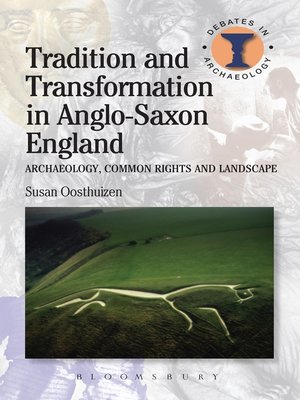Tradition and Transformation in Anglo-Saxon England
ebook ∣ Archaeology, Common Rights and Landscape · Debates in Archaeology
By Susan Oosthuizen

Sign up to save your library
With an OverDrive account, you can save your favorite libraries for at-a-glance information about availability. Find out more about OverDrive accounts.
Find this title in Libby, the library reading app by OverDrive.



Search for a digital library with this title
Title found at these libraries:
| Library Name | Distance |
|---|---|
| Loading... |
Most people believe that traditional landscapes did not survive the collapse of Roman Britain, and that medieval open fields and commons originated in Anglo-Saxon innovations unsullied by the past. The argument presented here tests that belief by contrasting the form and management of early medieval fields and pastures with those of the prehistoric and Roman landscapes they are supposed to have superseded. The comparison reveals unexpected continuities in the layout and management of arable and pasture from the fourth millennium BC to the Norman Conquest.
The results suggest a new paradigm: the collective organisation of agricultural resources originated many centuries, perhaps millennia, before Germanic migrants reached Britain. In many places, medieval open fields and common rights over pasture preserved long-standing traditions for organising community assets. In central, southern England, a negotiated compromise between early medieval lords eager to introduce new managerial structures and communities as keen to retain their customary traditions of landscape organisation underpinned the emergence of nucleated settlements and distinctive, highly-regulated open fields.
The results suggest a new paradigm: the collective organisation of agricultural resources originated many centuries, perhaps millennia, before Germanic migrants reached Britain. In many places, medieval open fields and common rights over pasture preserved long-standing traditions for organising community assets. In central, southern England, a negotiated compromise between early medieval lords eager to introduce new managerial structures and communities as keen to retain their customary traditions of landscape organisation underpinned the emergence of nucleated settlements and distinctive, highly-regulated open fields.







